mTBI assessment - photo courtesy of VisionQuest Biomedical, LLC
We (PlaySafe, LLC) often conduct G Max Testing of sports fields to help owners reduce their potential for injuries. It is always interesting to discover improvements and advancements in our profession to make activities and sports safer. During many conversations with a personal friend of mine (Ricky VanNess), he informed me of how his work with Traumatic Brain Injuries is moving forward. I asked him to provide a summary of what he and the company he works for (VisionQuest Biomedical, LLC) have recently accomplished. It is very exciting and I hope you enjoy the information as much as I have.
Mild traumatic brain injuries (mTBIs) are caused by a bump or blow to the head. Even a “ding,” “getting your bell rung,” or what seems to be a mild bump or blow to the head can be serious. In sports, it has been estimated 1.6 to 3.8 million mild Traumatic Brain Injuries (mTBI) occur annually [i]. Many remain unidentified because symptoms are unreported by athletes or symptoms are not detected at the point of injury. The situation is complicated by variations in both symptoms and the criteria used for their identification [ii],[iii].
As participation in high school and collegiate sports increases [iv], so does the need for prompt identification of mTBI symptoms. While many young athletes remain unwilling to report symptoms [v],[vi] or are unaware of their onset [vii], the long-term consequences of repeated and untreated mTBI are becoming apparent. A recent study found that retired National Football League (NFL) players are three to six times more likely to die from neurodegenerative causes, including Alzheimer’s disease, Parkinson’s disease, and amyotrophic lateral sclerosis [viii]. The dangers associated with unidentified or untreated mTBI have created an immediate need for accurate, objective screening at the time of suspected injury [ix].
Neurocognitive symptoms such as short-term memory, long-term memory, and reaction time are commonly used to diagnose mTBI. Neurocognitive examinations assess long-term memory, short-term memory, and reaction time, which have been proven valuable when assessing mTBI [viii],[x]. One such test, the Immediate Post Concussion and Cognitive Testing (ImPACT), is an automated neurocognitive assessment and is the most-widely used computerized mTBI evaluation system.
Studies have shown that neurosensory impairments such as visual motor [xi], auditory [xii], balance [xiii], and pupil response [xiv],[xv] are also affected by mTBI. The Balance Error Scoring System (BESS) is designed to qualitatively assess postural stability, but should only be performed and interpreted by a trained professional [xvi]. The Standard Concussion Assessment Tool 2 (version 3 was released in 2013) is the most comprehensive tool available in sports today, combining neurocognitive and neurosensory tests with many of the aforementioned scales. Similar to BESS, SCAT 2 still relies heavily on the trained professional’s subjective observation on the part of the user to generate results, especially when subtler neurosensory symptoms are involved [xvii].
Similar to nearly every profession, technology has been found to be valuable when efficiency and accuracy is needed. Tablets such as the iPad have proven useful in many areas, and in the field of mTBI assessment it may be proven to be incredibly resourceful. VisionQuest Biomedical, LLC (VisionQuest) and the University of New Mexico (UNM) Sport Administration Department have received a federal grant to develop an mTBI screening tool, ConQuest. Objective neurocognitive and neurosensory tests are being combined on a tablet to provide an on-site, real-time screening tool that may be used by trainers, coaches, and parents.
As mentioned previously, neurocognitive tests have already been automated. Yet these tests have not been installed on a tablet and VisionQuest has completed that objective. They are also automating the BESS test by using the already installed gyroscope and accelerometer to objectively analyze balance symptoms. Additional neurosensory tests investigating auditory and pupil symptoms are also being created by VisionQuest in an effort to create the very first comprehensive automated mTBI evaluation tool. Through a collaborative effort with UNM, they have begun testing their application’s effectiveness on over 250 UNM athletes. You can keep track of their study and progress by visiting their website at www.visionquest-bio.com.
Until VisionQuest completes their study, many of the current mTBI assessment methods require a trained medical professional, so it is not recommended the average person attempt to use them. But what anyone can do is recognize the signs and symptoms of mTBI. The Centers for Disease Control and Prevention mTBI criteria includes: (1) any observable signs of neurological or neuropsychological dysfunction such as an alteration in mental status/level of consciousness, such as loss of consciousness, retrograde amnesia, posttraumatic amnesia, disorientation, seizure, and/or (2) any self-reported symptoms following a collision such as “fogginess,” “grogginess,” headache, nausea/vomiting, dizziness, irritability, lethargy, balance problems, fatigue, poor concentration, and/or visual changes. What is important to remember is signs and symptoms of concussion can show up right after the injury or may not appear or be noticed until days or weeks after the injury. If your child reports any symptoms of concussion, or if you notice the symptoms yourself, seek medical attention right away.
Technology has begun to infiltrate the equipment market, but the majority of products are still attempting to prove feasibility. In the meantime there are steps you can take to prevent concussion or other serious brain injury in sports. Encouraging good sportsmanship and proper safety equipment usage is the best method. Although there is no “mTBI proof” helmet, equipment should fit properly and be well maintained. Finally, athletes should always follow the coach’s rules for safety and the rules of the sport.
If you ever suspect someone has sustained a head injury, seek medical attention immediately. As mentioned previously, a trained medical professional will be able to decide how serious the injury may be and when it may be safe to return to normal activities, including sports. Returning to play too quickly while the brain is still healing may risk a greater chance of having a repeat injury and may be more serious. It is crucial the athlete follow the health care professional’s advice on when it is safe to return to play.
If you would like additional information please contact:
VisionQuest Biomedical, LLC
2501 Yale Boulevard, Suite 301
Albuquerque, NM 87106
505.508.1994
www.visionquest-bio.com
Additional information has just been published (June 2014) by ASTM International. Please see the below summary and document you may wish to purchase:
Recent events have generated discussions on the mechanisms and consequences of traumatic brain injury (TBI) in the context of contact sports. Central to these discussions is an understanding of the frequency and severity of TBI in sports. To compare the incidence rate of sport-related TBI diagnoses for the general population in 2001 to the incidence rate in 2010, injury data from the National Electronic Injury Surveillance System (NEISS) and sport participation data from the National Sporting Goods Association (NSGA) were analyzed. In 2001 and 2010, of the seven sports considered, there were approximately 1.5 × 106 sport-related emergency department (ED) visits. In 2001, approximately 60,000 of those visits were associated with a TBI diagnosis. About 95% of these patients diagnosed with TBI were treated and released or released without treatment; less than 4% were hospitalized. The estimated number of sport-related TBI diagnoses more than doubled in 2010, while the disposition ratio remained the same. Changes in the number of sport-related ED visits, number of TBI diagnoses, and incidence rate of TBI associated with each sport were analyzed. Factors that may influence these changes are discussed.
STP1552
Incidence Rate of Sport-Related Traumatic Brain Injury Diagnoses in the General Population: An Analysis of Emergency Department Visits in 2001 and 2010
http://www.astm.org/DIGITAL_LIBRARY/STP/PAGES/STP155220120207.htm
References:
[i]Langlois, J. A., Rutland-Brown, W., and Wald, M. M. The Epidemiology and Impact of Traumatic Brain Injury: A Brief Overview. (2006) J Head Trauma Rehabil.; 21: 375-378
[ii]. Marshal, S., Bayley, M.,McCullagh, S., Velikonja, D., and Berrigan, L. Clinical Practice Guidelines for Mild Traumatic Brain Injury and Persistent Symptoms. (2012) Can Fam Physician. 58(3): 257-267.
[iii]. National Center for Injury Prevention and Control. Report to Congress on Mild Traumatic Brain Injury in the United States: Steps to Prevent a Serious Public Health Problem. Atlanta: Centers for Disease Control and Prevention, 2003
[iv]. 1981-82-2004-05 NCAA Sports Sponsorship and Participation Rates Report. National Collegiate Athletic Association. Available at: http://www.ncaa.org/ library/research/participation_rates/1982-2005/1982_2005_participation_rates.pdf. Accessed March 27, 2007.
[v]. Maddocks, D. L., Dicker, G. D., and Saling, G. D. The Assessment of Orientation Following Concussion in Athletes. (1995) Clin J Sport Med. 5(1): 32-35
[vi]. “High School Athletes Say Concussions Won’t Sideline Them,” American Academy of Pediatrics Press Room, May 6, 2013. http://www.aap.org/en-us/about-the-aap/aap-press-room/pages/High-School-Athletes-Say-Concussions-Wont-Sideline-Them.aspx. Accessed July 16, 2013.
[vii]. Ryan, L. M. and Warden, D. L. Post Concussion Syndrome. (2003) Int Rev Psychiatry. 15(4): 310-316
[viii]. Lehman, E. J., Hein, M. J., Baron, S. L., and Gersic, C. M. Neurodegenerative causes of death among retired National Football League players Neurology (2012) Neurology. 79(19): 1970-1974
[ix]. Powell, J. M., Ferraro, J. V, Dikmen, S. S., Temkin, N. R., and Bell, K. R. Accuracy of Mild Traumatic Brain Injury Diagnosis. (2008) Arch Phys Med Rehabil. 89(8): 1550-1555
[x]. Randolph, C. Baseline Neuropsychological Testing in Managing Sport-Related Concussion: Does it Modify Risk? (2011) Curr Sports Med Rep. 10(1): 21-26
[xi]. Locklin, J., Bunn, L., Roy, E., and Danckett, J. Measuring Deficits in Visually Guided Action Post-Concussion. (2010) Sports Med. 40(3): 183-187
[xii]. Turgeon, C., Champoux, F., Lepore, F., Leclerc, S., and Ellemberg, D. Auditory Processing After Sport-Related Concussions. (2011) Ear Hear. 32(5): 667-670
[xiii]. Guskiewicz, K. M., Perrin, D. H., and Gansneder, B. M. Effect of Mild Head Injury on Postural Stability in Athletes. (1996) J Athl Train. 31(4): 300–306
[xiv]. Marmarou, A., Lu, J., Butcher, I., McHugh, G. S., Murray, G. D., Steverberg, E. W., Mushkudiani, N. A., Choi, S., and Maas, A. I. Prognostic value of the Glasgow Coma Smith Scale and Pupil Reactivity in Traumatic Brain Injury Assess Pre-hospital and on Enrollment: an IMPACT Analysis. (2007) J Neurotrauma. 24(2): 270-280
[xv]. Hoffman, M., Lefering, R., Rueger, J. M., Kolb, J. P., Izbicki, J. R., Ruecker, A. H., Rupprecht, M., Lehmann, W., and Trauma Registry of the German Society for Trauma Surgery. Pupil Evaluation in Addition to Glasgow Coma Scale Components in Prediction of Traumatic Brain Injury. (2012)BR J Surg. 99(Suppl 1): 122-130
[xvi]. Wilkins, Joseph C., Tamara C. Valovich McLeod, David H. Perrin, and Bruce M. Gansneder. “Performance on the Balance Error Scoring System Decreases After Fatigue.” Journal of Athletic Training 39, no. 2 (2004): 156–161.
[xvii]. Powell, J. M., Ferraro, J. V, Dikmen, S. S., Temkin, N. R., and Bell, K. R. Accuracy of Mild Traumatic Brain Injury Diagnosis. (2008) Arch Phys Med Rehab. 89: 1550-1555
Comments
1




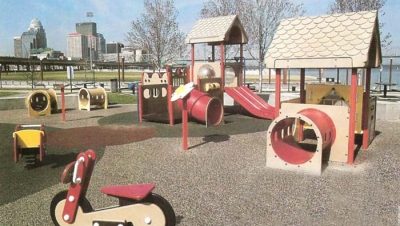
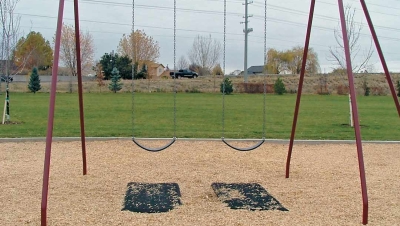

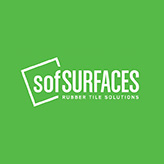

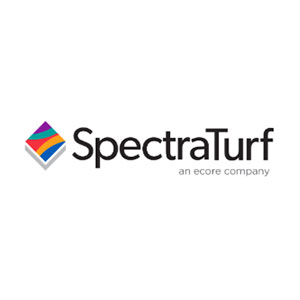





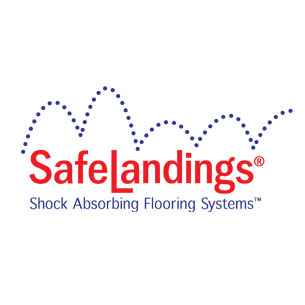
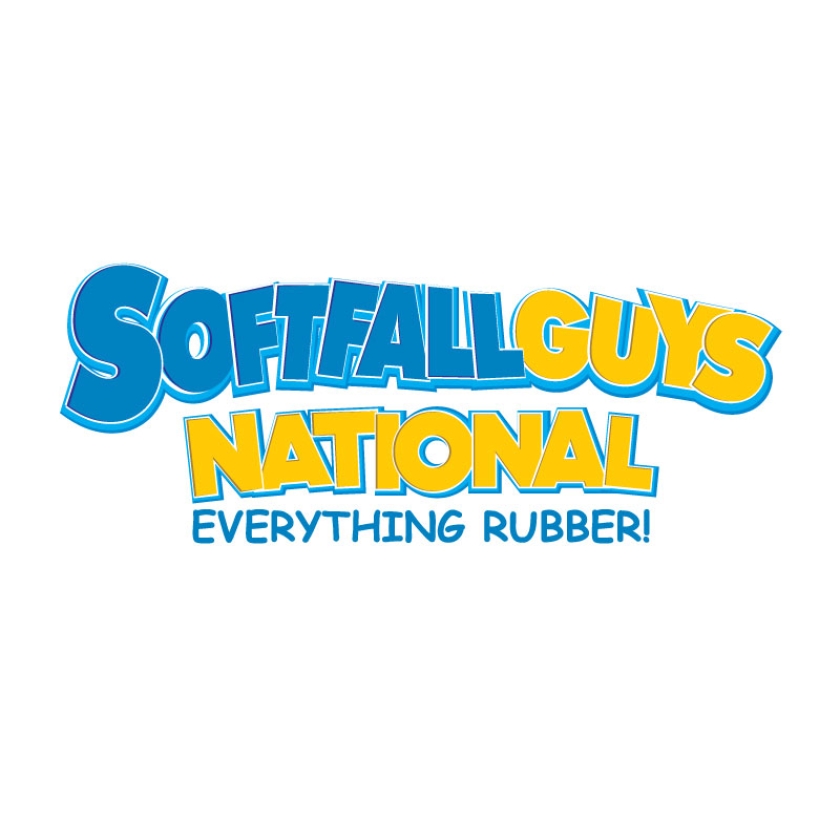

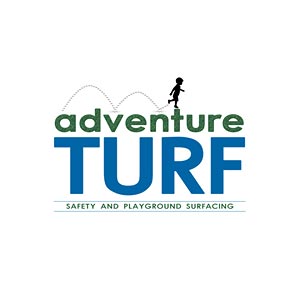
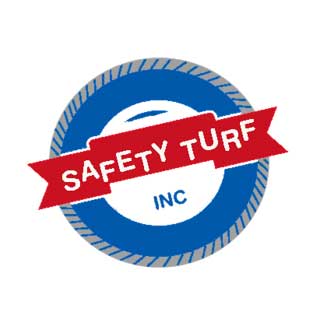
Add new comment